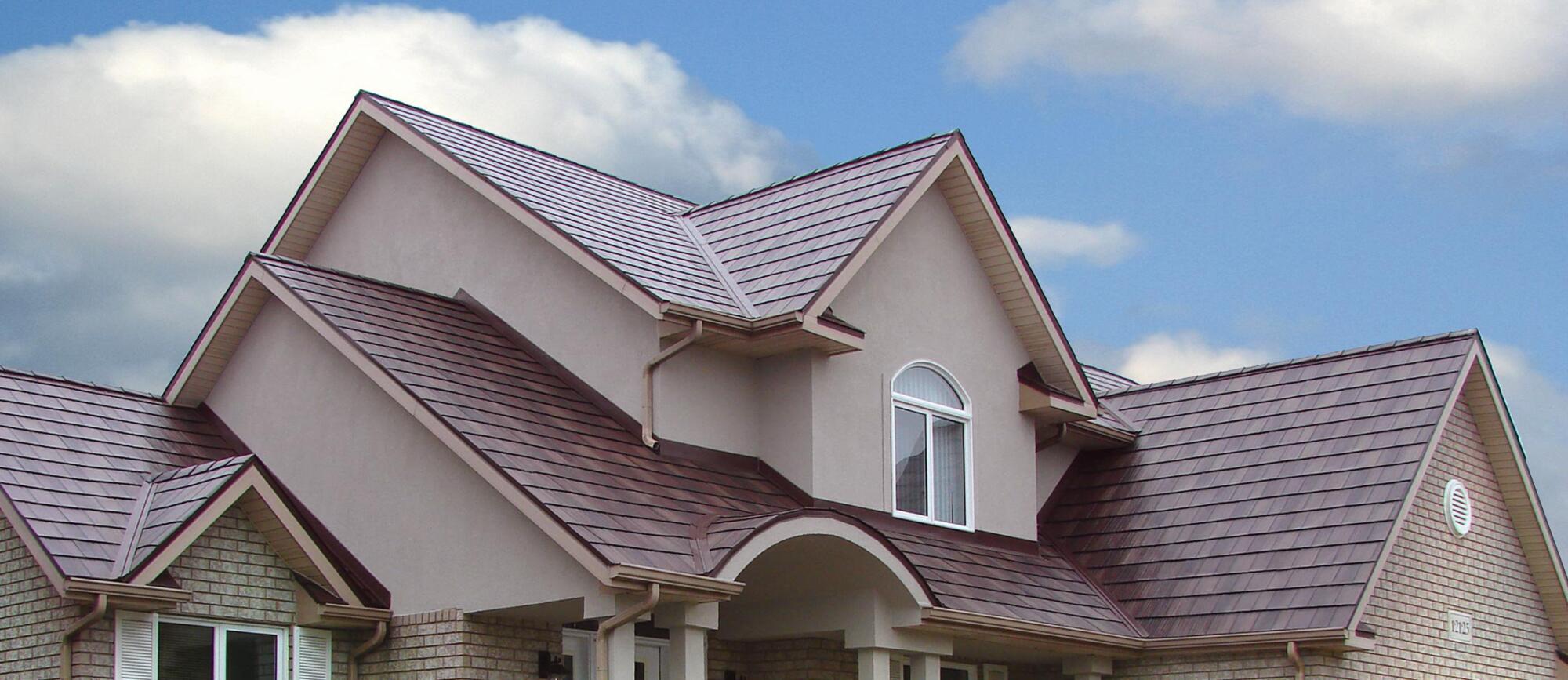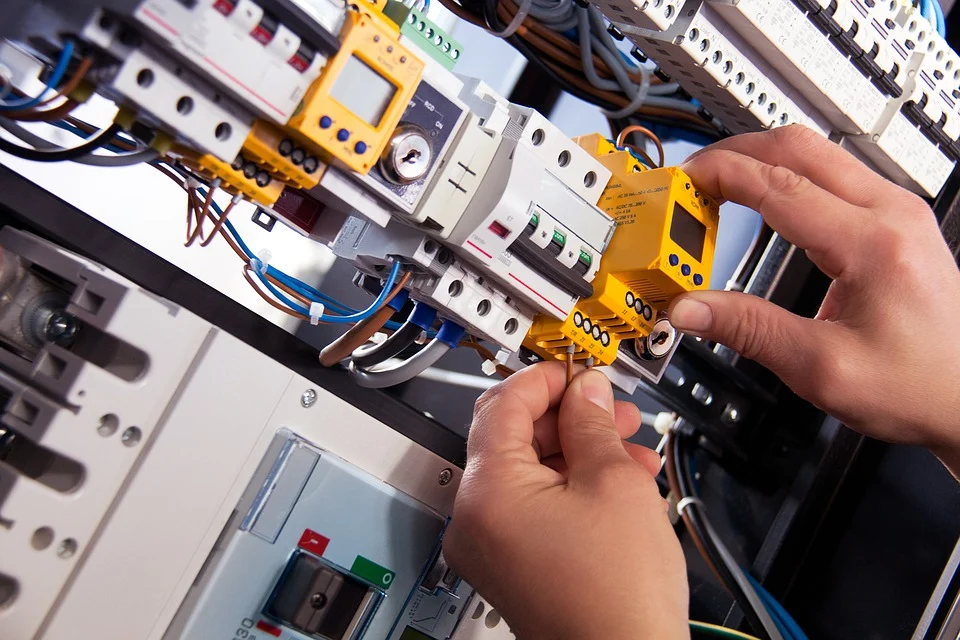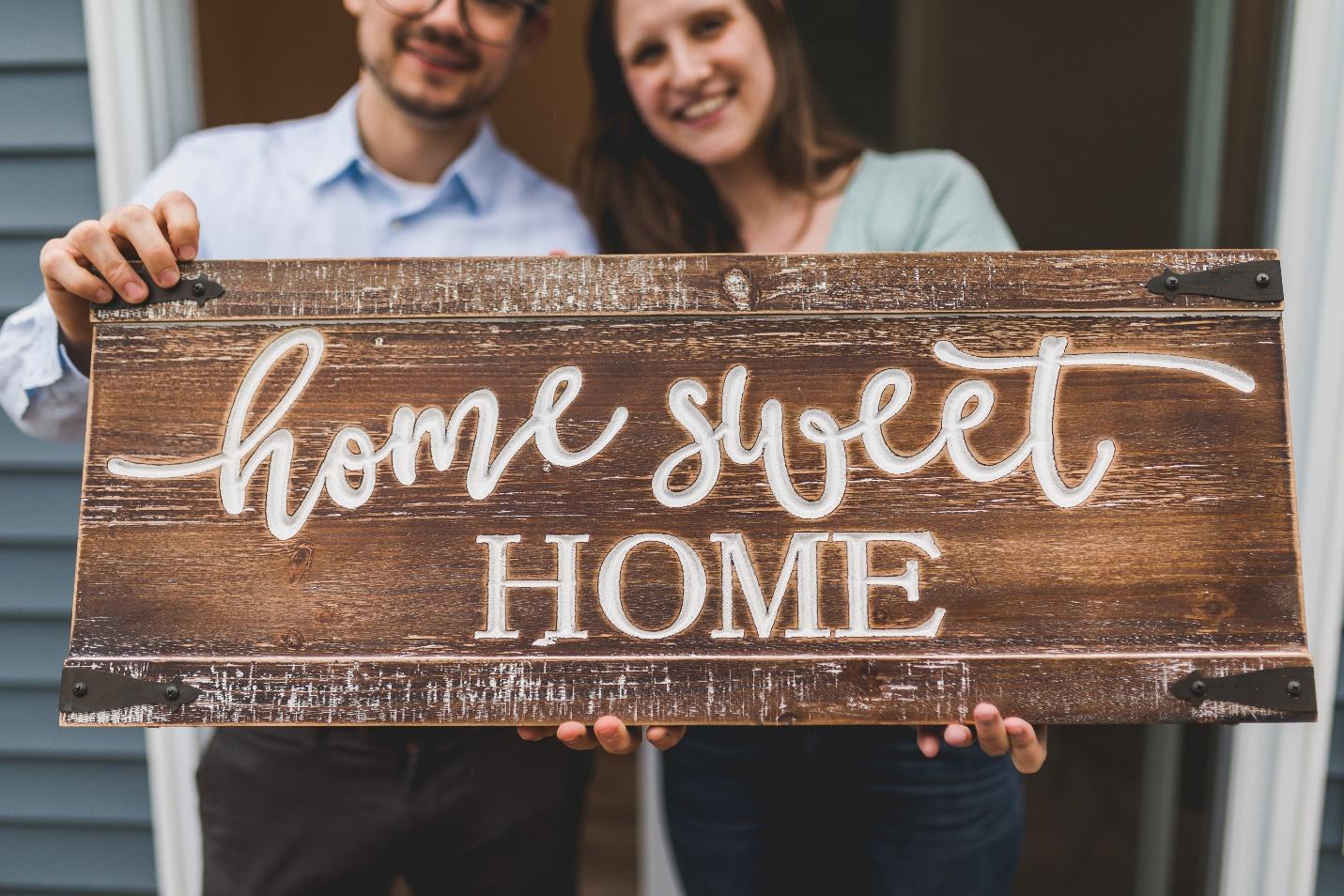Sometimes your roof shingles may seem fine from the outside, but the inner roofing materials are wearing out. Some components like the flashing, rafters, and seams are not visible so that you won’t notice the minor damage.
If you notice roof leaks, do not worry because a roof inspection can help you know the problem. During the inspection, a roofer will use an inspection checklist to examine all the roof components, detect any roof problems, and treat them before they spread.
While the checklist helps maintain the roof, sometimes the damage is too much, and the only option left is to replace it. The roofer checks the outer and inner components to ensure the new roof will last longer. Before we look at the inspection checklist, here are the advantages of roof inspection.
Benefits of a Roof Inspection
The essence of the is to protect the home from the top, provide insulation and increase the home’s curb appeal. However, some roofing parts weaken as they age, but you could fail to notice them.
Although other damages like roof leaks are noticeable, the homeowner won’t know the cause. A roof inspection detects any roof damage so that the roofer treats it before installing the next roof. Some of the advantages of roof inspection are;
1. Ensures Safety
Since a roof inspection detects the roof’s problem before it spreads, your family will be safer from living under a lousy roof. Loose shingles can be blown away by the wind, creating holes that become an entry for rodents and insects.
Besides, a lousy roof can easily fall, especially after heavy rains causing significant damage and fatal accidents. The roofer can easily detect any problems on the roof and treat them, increasing your family’s safety.
2. Prepares You for Roof Replacement
Sometimes your roof is long overdue for replacement because you cannot detect any problems. During the roof inspection, the roofer checks the state of the shingles and the inner roofing materials and can determine if you need to replace the entire roof or not.
Besides, some factors could increase the wear and tear of the new roof, reducing its lifespan. The roofer can see these problems, like leaking pipes that can cause roof leaks even to the new roof, and repair them before replacing the unit.
3. Protects Your Roofing Warranty
Some roof manufacturers require the homeowner to schedule roof inspection after a certain period. Failure to do the inspection could lead to warranty voidance. Other reasons for warranty voidance are poor installation and working with unprofessional roofers. Luckily, you can hire roof professionals from Roof Master and Construction.
Roof Inspection Checklist
Since you now know the importance of a roof inspection, you’ll probably hire a qualified roofer to do it for you. Here is a list of some of the things the installer should do.
Take a look.
1. Exterior checklist
The exterior inspection ensures the continuity of the roof since it is the most exposed part. The checklist covers all the visible parts of the roof like the fascia, gutters, shingles, and flashing. The list below will give you a summary of exterior inspection tips.
The exterior inspection checklist includes:
2. Checking For Sagging Ridges
Ridges sag if the roof’s lapped joints loosen and pull apart. It could also hang because of the uneven distribution of weight and pressure. When there are defects in the joints, the ridgeline drops or sags, and the exterior walls tilt outward.
Also, putting too many layers of shingles on your roof could cause sagging of the ridges. During the roof inspection, the roofer will notice sagging on your roof. To correct that, they remove the entire sheathing and installed more robust rafters on the roof.
3. Detecting Signs of Missing Caulk to Seal Flashing
Caulking prevents water from entering your house. With time, the caulking wears out, but you can replace it using a caulk gun. Furthermore, unrepaired caulk can lead to water damages on the shingles and roof’s inner parts.
4. Blistered, Curled, or Split Shingles
The primary cause of blistered shingles is excessive heat from poorly ventilated and over-heated roof systems. These shingles are hard to notice. Homeowners can use a utility knife to cut the blister creating flaps that can be folded back.
5. Broken Seals on Shingles
Broken seals on the shingles happen due to the expansion of the roofing materials. They can also result from moisture and sunlight exposure. Failure to detect the broken seals early can spread the damage, but a roof inspection will save you from more costs.
6. Loose or Missing Shingles
Some roofers forget to install small shingles on some parts of the roof during roof installation. Missing shingles expose the roof materials to elements like the sun and water, leading to water leaks and damage.
Besides, the insulation wears out fast in the area with the missing shingle. Sometimes it is hard to detect a missing shingle, especially if it is small. However, a roof inspection will help you know what to replace or repair.
Interior Roof Inspection
The roof inspector should not stop at the exterior inspection. They should also check the inner components to detect any problems and fix them. The interior roof’s inspection checklist includes;
1. Checking For Cracks on Roof Sheathing
Damaged roof sheathing is hard to notice, and it can lead to mold in your attic, rotting of the roof trusses, and water leaks. However, an early identification helps the homeowner start roof repairs immediately and prevent future problems.
2. Check for Leaks around Vents and Chimneys
Some leading causes of chimney leaks are missing chimney caps, damaged chimney flashing, and damaged crown. Chimney leaks can lead to mold growth and weakening of the seams and rafters.
3. Check for Signs of Condensation and Mold
Unattended mold on your roof causes rotting of the roof components, weakening them and resulting in a fall off. When the roofer detects mold on the roof, it is essential to remove it immediately.
4. Drafts and Light
When the roof has small holes, tiny light beams could pass through, making space uncomfortable. A roof inspector can determine the source of the sunlight and drafts from your roof and advise you on how to correct it.
Final Words
A roof inspection requires a roofing specialist, so homeowners should hire a qualified installer. Use the checklist to ensure a roofer inspects every part of your roof. Identifying the issues at the early stages saves the homeowner from the entire roof replacement.






